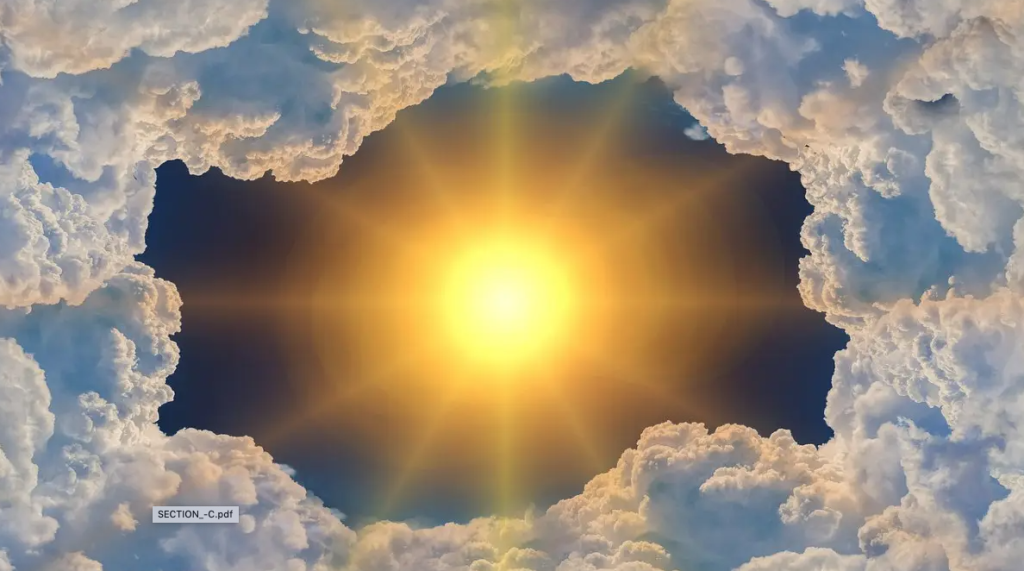In 2021, the ozone hole on the South Pole stretched for 23 million km2
By the 1980s, there would be a second ozone hole in the Tropics, seven times the size of the one on Antarctica. And it lasts all year, unlike the one over the frozen continent that opens in spring to close at the end of the season.
This was discovered by Qing-Bin Lu, a scientist who works at the University of Waterloo, Canada, surprising the entire scientific community. This second hole, in fact, had not been foreseen by any conventional photochemical model used until now. But it is well suited to the model proposed by Lu himself and his team in recent years, the CRE (Cosmic-Ray-Driven Electron Reaction).
A second ozone hole? It doesn’t exist
Is it possible that a phenomenon of this magnitude has escaped scientists all over the world for 40 years? From the observations of Lu, who published the work on AIP Advances, the hole in the ozone layer on the Tropics has values similar to that of the South Pole, with an amount of O3 about 80% lower than normal. But several of his colleagues dispute these findings.
“There is no ‘tropical ozone hole’, driven by electrons of cosmic rays proposed by the author or otherwise. The long-term changes and year-to-year variability of the ozone layer in the lower tropical stratosphere (about 15-20 km high) are well known and are the result of both man-led processes and natural factors,” says Paul Young, Lancaster University scientist and first signing of the WMO and UNEP report on ozone depletion published in 2022.
“The identification of a “tropical ozone hole” by the author is due to the fact that he looks at the percentage changes of ozone, rather than the absolute ones; the latter are much more relevant to the harmful UV rays reaching the surface. Interestingly, his article does not draw on the vast literature that explores and documents ozone trends in all regions of the atmosphere,” concludes Young.
For Marta Abalos Alvarez of the Complutense University of Madrid “the article lacks the scientific rigor necessary to be a reliable contribution. It contains many reasoning with serious errors and unsubstantiated statements”. “We already have a good understanding of polar ozone depletion thanks to different and well-established chemical mechanisms that can explain the slow and variable closure of the Antarctic ozone hole, and this new research does not persuade me otherwise”, confirms Martyn Chipperfield of Leeds University. “The claim of this search for such large variations of ozone in the tropics has not been found in other studies, which makes me very suspicious. Science should never depend on a single study; this new work needs careful verification before it can be accepted as a fact”.

